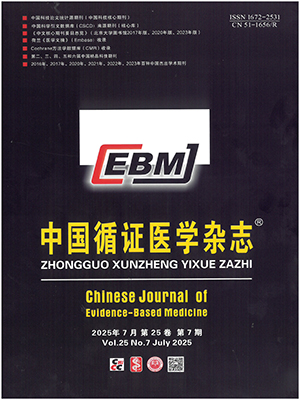In recent years, scholars from diverse fields have initiated explorations into the integration of multimodal data, leveraging the unique advantages of various data types to enhance the perceptual and cognitive capabilities of models. Storyboarding is a visual tool for presenting stories. It has been introduced into the field of evidence-based medicine as an analytical technique for qualitative evidence synthesis (QES), which helps researchers organize and present research results and facilitates the interaction of evidence between doctors and patients. By integrating visual, textual, and other multimodal elements, storyboards effectively communicate intricate and multifaceted qualitative information. Storyboarding, as an innovative approach to evidence synthesis and presentation, has yet to gain widespread adoption in the field. This paper introduces storyboarding within the context of qualitative evidence synthesis, detailing its methodology and process. Through case analysis, it demonstrates how storyboarding can facilitate multimodal data analysis, thereby enhancing the readability and dissemination of evidence. It offers new methodologies for evidence synthesis, promoting knowledge translation and evidence communication. Storyboarding is particularly well-suited as a premier tool for evidence transformation and application in healthcare research. By refining information presentation, it significantly improves content readability, enabling users to more effectively understand and apply information in stakeholders. Although storyboarding technology remains underutilized in evidence-based medicine, its potential will likely be increasingly recognized as multimodal evidence grows and the demand for effective evidence transformation rises. In the future, this method promises to play a pivotal role in advancing evidence-based medicine.
Copyright © the editorial department of Chinese Journal of Evidence-Based Medicine of West China Medical Publisher. All rights reserved




